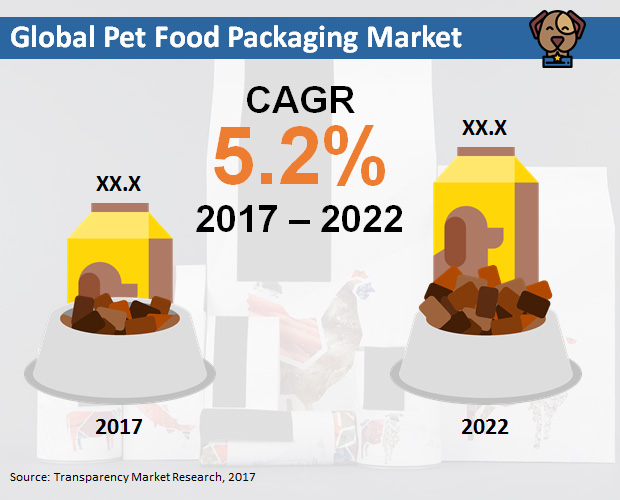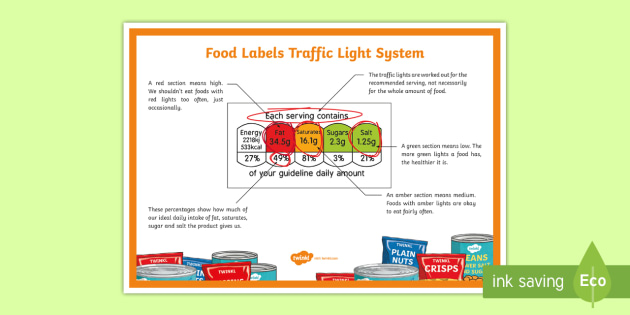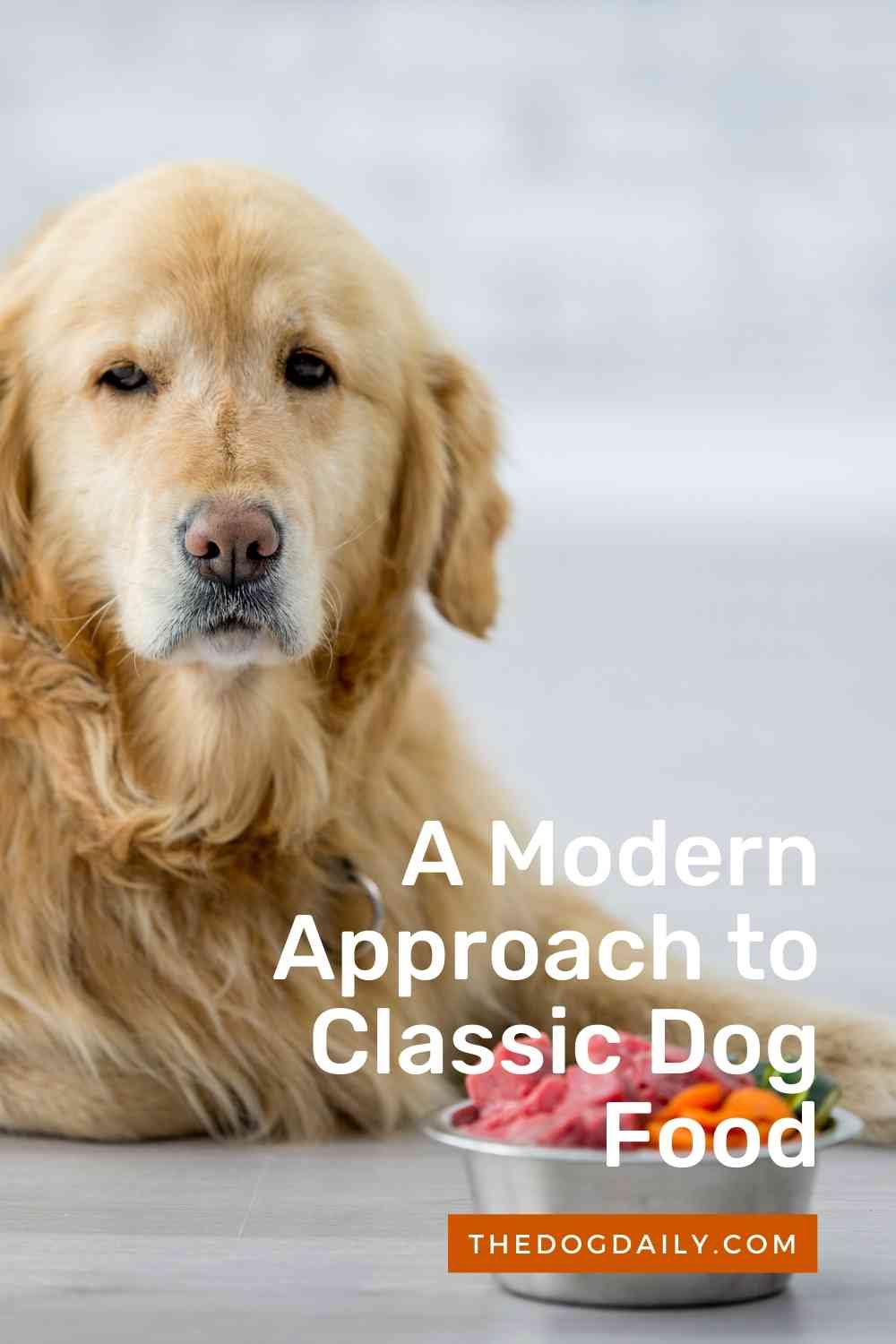38 pet food labels explained
Interpreting Dog Food Labels | PetCoach Now let us compare this to canned food that has 80% moisture. We know that with 80% moisture we have 20% dry matter. The label shows 5% protein. So we take the 5% and divide it by 20% and we get 25% protein on a dry matter basis. So the canned food has more protein per pound on a dry matter basis after all the water is taken out. 4 Sly Ways Pet Food Labels Are Misleading You | PetGuide The first ingredient listed on the label is (falsely) assumed to be the most plentiful one in the mix, so they will sneakily put the best one first, like the protein source (usually chicken or beef). This doesn't automatically mean that the food is rich in protein- read the whole label before putting it in your shopping cart! Protein percentage
Purina Pet Food Labels Explained | Purina Dog food by breed size. All size. Small & Mini

Pet food labels explained
A Guide To Pet Food Labelling | PFMA Fediaf Code Of Good Labelling Practice. A Guide To Pet Food Labelling. Pet Food Ingredients FAQ's. Pet Nutrition and Health FAQ's. AAFCO and Its Influence On Pet Food Labels - IAMS Label states : "ABC Dog (Cat) Food is formulated to meet the nutritional levels established by the AAFCO Dog (Cat) Food Nutrient Profiles for (appropriate life stage)." Feeding trials The finished product that has been laboratory tested is fed to dogs or cats according to AAFCO protocols. Guaranteed Analysis - Pet Food Institute The term "crude" in a Guaranteed Analysis refers to the method used to determine the nutrient content of your pet's food. Protein content is determined by analyzing levels of nitrogen, and fat content is determined by analyzing levels of lipids present.*. Importantly, the term "crude" does not relate to the quality of a nutrient or ...
Pet food labels explained. Understanding pet food labels - explained by a pet nutritionist The first 5 ingredients provide the major part of the food and so they usually indicate the quality of the food. Because every ingredient counts, its important to read all the ingredients in order to find those which you can label as not welcome, such as preservatives, food coloring, thickeners, stabilizers, etc. Feeding Guidelines: Pet Food Labelling Explained | Skinner's Pet food manufacturers follow two ways of declaring ingredients used in the recipe: Either by category names as defined in EU legislation (Eg. Meat and animal derivatives, vegetables, cereals, minerals, etc) Or by single ingredient names (Eg. Dehydrated chicken protein, wheat, corn starch, chicken fat, etc). Batch code and best before date How Do You Label Pet Treats? (Solved & Explained!) - Petloverguy.com When you are labelling your pet treats, there are some basic standards that you will need to follow to keep your customers and governing entities like the FDA happy. Be sure that your labels include the following: Business name and address Type of treats and for which animal, i.e. 'dog treats' or 'cat treats' Weight of package Ingredients Labelling | PFMA All information given on a pet food label must be truthful and not misleading about the nature and quality of the product. The law requires a statutory statement to be put on every label or package which must contain certain obligatory declarations. • directions for use/feeding instructions. • % of crude ash (ash represents the mineral ...
Dog food ingredients explained: A vet's guide to reading a dog food label Firstly, producers can choose whether to list the individual ingredients, or just ingredient categories, which allows them to change the formulation slightly if the chosen ingredient is not available without changing the label. Secondly, there is no way to determine the quality of an ingredient from the dog food ingredient list. Pet Food Labels - General | FDA Pet food labeling is regulated at two levels. The federal regulations, enforced by the United States Food and Drug Administration (FDA), establish standards applicable for all animal feeds: proper... Types of Pets - WebMD Before choosing a pet, consider what pets you already have and what you want to get out of having a new pet. There are hundreds of different animals kept as pets, from cats and dogs to fish and snakes. Some pet breeds you’ve probably heard of, while others are more mysterious. Learn more about the different types of pets you can adopt. Cat Food Labels COMPLETE GUIDE - Jess Caticles There are 4 crucial steps to reading cat food labels properly. Product name rules Ingredients list Guaranteed analysis Nutritional adequacy statement And a bonus: the manufacturer. Product name rules The product name rule tells us how much of the named ingredient is in the product. This could range from 0% minimum requirement to 95%.
Understanding Pet Food Labels - vetstreet.com Pet owners may be concerned to see "phylloquinone," "α-tocopherol," "cobalamin" and "ascorbic acid" listed on their pets' food until they learn that these are the technical names for vitamins K 1, E, B 12 and C, respectively. α-Tocopherol is also an antioxidant. Antioxidants are added to foods to balance the nutrient profile and preserve fats. Purina Pet Food Labels Explained | Purina Our pet food labels are one of the most effective ways in which we can demonstrate this. What we state on our pet food labels corresponds to what the product contains. All our products are formulated by professionals and based on research and science, to deliver the best possible pet nutrition and contribute positively to the health and well ... Fact Sheets | FEDIAF - European pet food Understanding Pet Food Labels. This complex topic is explained in this fact sheet, with clear descriptions given for each of the categories appearing on pet food ... How to Read Pet Food Labels Properly | Hill's Pet So, you rush to the pet store, check the variety of brands and begin reading cat food labels. What is a pet food label? A pet food label is a legal document regulated by the Association of American Feed Control Officials (AA,FCO) and is the primary means of communication between the pet food manufacturers and pet owners. Deciphering the label.
Understanding Chicken Labels | ASPCA Understanding Chicken Labels. Don't be fooled by food labels that sound like they mean better for chickens. Use our guide below to learn how these labels actually impact chicken welfare—or how they don't. Look for the ASPCA recommended labels Animal Welfare Approved, Certified Humane and Global Animal Partnership (Step 2 or higher), and ...
Healthy Dog Food Ingredients 101: All You Need to Know! Avoid generic meats such as meat meal, animal digest, and animal by-products. Likewise, try to avoid animal fat. Poultry fat is better, chicken fat or another specified fat is best. The more precise the meat and fat ingredients, the better. Otherwise, you don't really know what you are feeding your dog.
Purina Pet Food Labels Explained | Purina Our pet food labels are one of the most effective ways in which we can demonstrate this. What we state on our pet food labels corresponds to what the product contains. All our products are formulated by professionals and based on research and science, to deliver the best possible pet nutrition and contribute positively to the health and well ...
Pet Food Back Labels - Explained - GA Pet Food Partners The prime purpose of pet food labels is to provide clear, accurate and honest information about a product that may facilitate the buying act of the purchaser. Back of pack information usually contains much of the information required by legislation and may provide more detail about the nutritional content and value of the product.
Dog Food Nutrition Labels Explained | The Munch Zone Another section on the dog food label that may catch your eye is the guaranteed analysis. This will list the minimum percentage of proteins and fats included in the food, along with the maximum percentages of moisture and fiber. Some may even list the percentages of minerals such as phosphorus and calcium.
Understanding Dairy Labels | ASPCA Understanding Dairy Labels. Don't be fooled by food labels that sound like they mean better for dairy cows. Use our guide below to learn how these labels actually impact cow welfare—or how they don't. Look for the ASPCA recommended labels Animal Welfare Approved, Certified Humane and Global Animal Partnership (Step 2 or higher), and then ...
Know Your Cat - Catfood labels explained Dry food 1 - 'Turkey and Rice with vegetables complete cat food' - In the list of ingredients we will find: White rice (minimum 26%), Turkey meat meal (minimum 26%). Dry food 2 - Adult complete with Rabbit, Turkey and Vegetables - In the list of ingredients cereals are listed first followed by meat and animal derivatives (min 4% Rabbit and min ...
How to Read a Dog Food Label - American Kennel Club All pet food labels follow roughly the same format: Product and brand name or unique identifier. Quantity in terms of product weight, liquid measure, or count, depending on the formulation of the...
A Comprehensive Guide to Reading Pet Food Labels [Infographic] The 95% Rule: Pet food with labels like "Lamb dog food" or "Lamb food for cats" would indicate that this product is required to have at least 95% lamb protein or beef protein, not counting water weight. Pets with high protein requirements will benefit from foods like this.
Pet Food Standards Explained - The Farmer's Dog Pet food companies can say on their labels that they are selling "food" and using "food" ingredients, while actually using feed-grade ingredients inside the bag or can. Those ingredients are subject to high-heat processing which kills pathogens, but in turn creates substances that are dangerous for dogs to eat (more on that later).
Pet Smarts: Food labels are a good read for anyone who cares about pet's nutrition, care ...
How to Read a Pet Food Label - DVM 360 Pet food ingredients labeled as such are not as harmful as some advertisements might portray. By-products can include highly digestible and nutritious organs. Additionally, some filler items, such as corn, rice, and potatoes, can be listed separately to give the illusion that less of the product exists in the total formula.
Cat Food Labels Explained - Crave For human food, ingredients on the labels are arranged in descending order according to the percentage of weight they account for in the product; for example, if the first 3 ingredients in cornbread are corn flour, milk and fresh corn, you know that there is generally more corn flour than milk and more milk than fresh corn.
Pet Food Back Labels - Explained The prime purpose of pet food labels is to provide clear, accurate and honest information about a product that may facilitate the buying act of the purchaser. Back of pack information usually...
Guaranteed Analysis - Pet Food Institute The term "crude" in a Guaranteed Analysis refers to the method used to determine the nutrient content of your pet's food. Protein content is determined by analyzing levels of nitrogen, and fat content is determined by analyzing levels of lipids present.*. Importantly, the term "crude" does not relate to the quality of a nutrient or ...

Pet Food Packaging Market to Grow at 5.2% CAGR Thanks to Rising Need for Quality Pet Nutrition ...
AAFCO and Its Influence On Pet Food Labels - IAMS Label states : "ABC Dog (Cat) Food is formulated to meet the nutritional levels established by the AAFCO Dog (Cat) Food Nutrient Profiles for (appropriate life stage)." Feeding trials The finished product that has been laboratory tested is fed to dogs or cats according to AAFCO protocols.
A Guide To Pet Food Labelling | PFMA Fediaf Code Of Good Labelling Practice. A Guide To Pet Food Labelling. Pet Food Ingredients FAQ's. Pet Nutrition and Health FAQ's.













Post a Comment for "38 pet food labels explained"